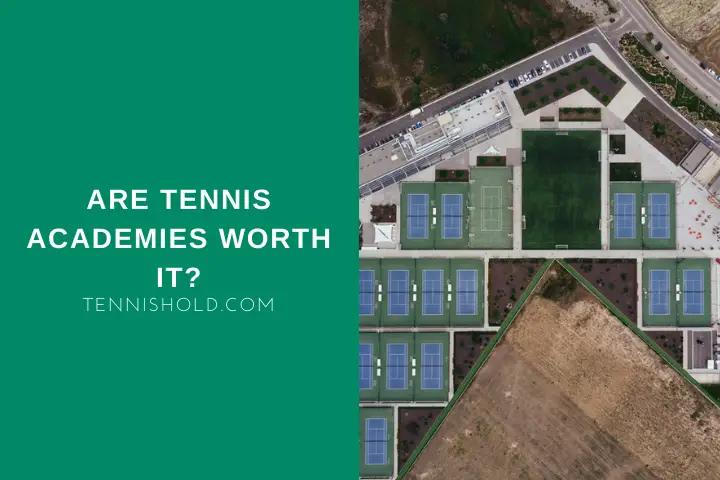Do you dream of coaching and raising your children, so they become tennis stars?
In tennis, there are two ways you can give it a shot. Either by individual training or by enrolling them at a successful tennis academy.
The idea of gathering young players in one place developed a few decades ago.
You have probably heard about Nick Bollietieri, who was a pioneer of a tennis boarding schools. It became so popular ever since that almost every promising junior player ends up there at some point of career.
In general, tennis academies are worth it. Academies include professional training, international curriculum education, accommodation, full board, and care. Parents also should not neglect the price of the academy, which is not cheap.
Although you might find the costs pretty high, if you analyze advantages, there is more to gain than to lose.
The best part of the whole tennis academy concept is future opportunities. You’re completely wrong if you think it’s narrowed down to professional competition.
What Are The Benefits Of Tennis Academies?
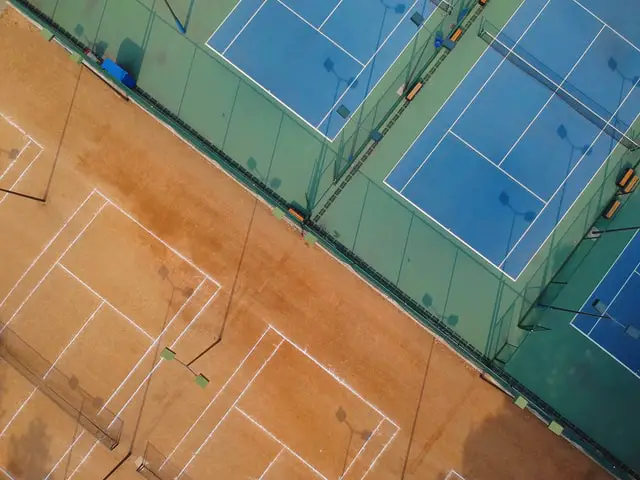
It’s not so easy to choose a good tennis academy which is going to suit your requirements.
You should instead consider reputation over big names, although these two factors often play together. Usually, behind any academy stands an ex-tennis champion.
It means that your selection will rely on your own opinion of their achievements and values.
In some countries, like the USA or Spain, most tennis boarding schools are very well-structured and organized.
Their offers are oriented to provide the best possible conditions for living and development in all fields, not just tennis.
In general, the goal of tennis academies is to combine education and tennis in a friendly environment.
However, the primary focus is tennis. Practice in groups gives invaluable opportunities to challenge players and play styles.
This is an experience and adaptation process that you can’t usually have when practicing individually.
I know many junior players who were struggling with school because of traveling to tournaments. This won’t be an issue with tennis academies.
Not only do you learn on-site, but you can enjoy an international curriculum.
Even if you fail to become a professional player afterward, you have an incredible chance to get a college scholarship.
This is a decent option as you combine your tennis adventure with securing a future with a diploma.
Another one of the most underestimated aspects of tennis academies is socializing.
Being on tour can often bring loneliness. Staying in a tennis academy means superior life with mates of the same interest.
You learn and live with your peers. You speak several languages and share cultures. There is nothing better than this.
What Are Disadvantages Of Tennis Academies?
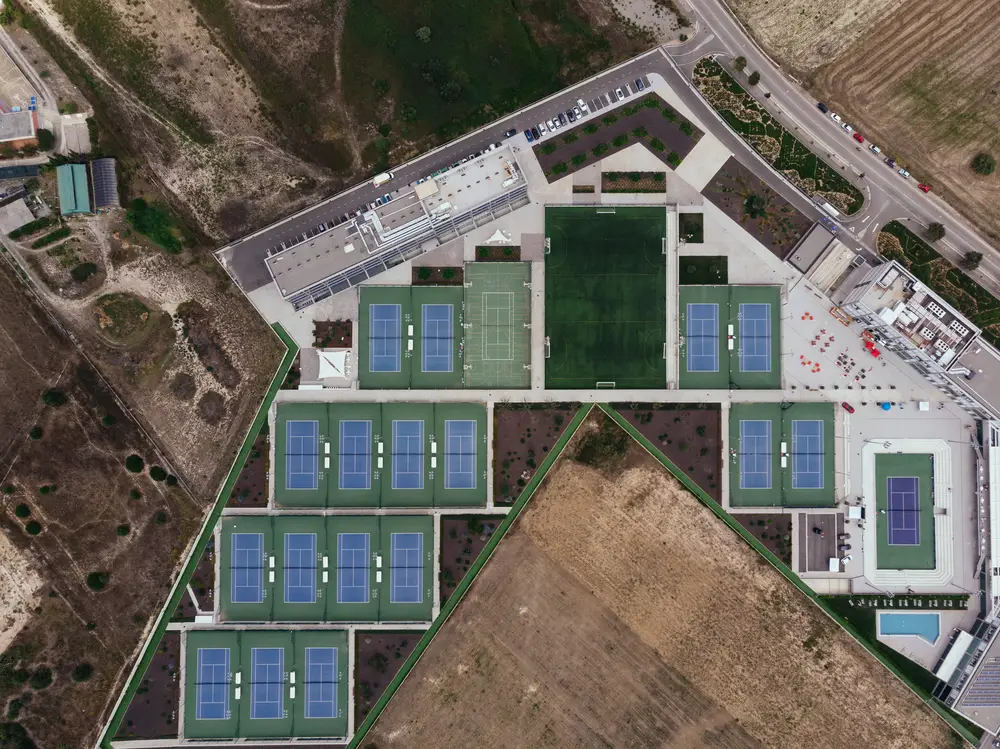
Don’t you imagine that the tennis academy is a paradise! Before you send your child there, make sure it’s the right time.
Three key disadvantages may potentially discourage you from this idea.
Think about how it can affect your whole family mentally.
Your child has to be very resistant and disciplined. Remember that this is a full-time job for juniors staying far away.
Homesickness and overworking will be something natural. And you will be missing them too.
However, let’s talk about tennis practice.
Beware that coach to players ratio never goes below 1:2 or 1:3. Even though players still receive considerable attention, sometimes it limits their development.
Individualized systematic planning is almost impossible since work is based on groups. However, each coaching staff permanently monitors, evaluates, and modifies training programs for individual improvement.
Finally, we come to what really determines the decision of most parents – cost.
Sadly, if your salary isn’t much above the average, you won’t have a chance to enjoy tennis academy services.
And it’s not only about a monthly fee. You have to add tournament expenses, like visas, plane tickets, hotels, food, etc. All these are not included in tennis academy charges.
Should Juniors Attend Tennis Academies?
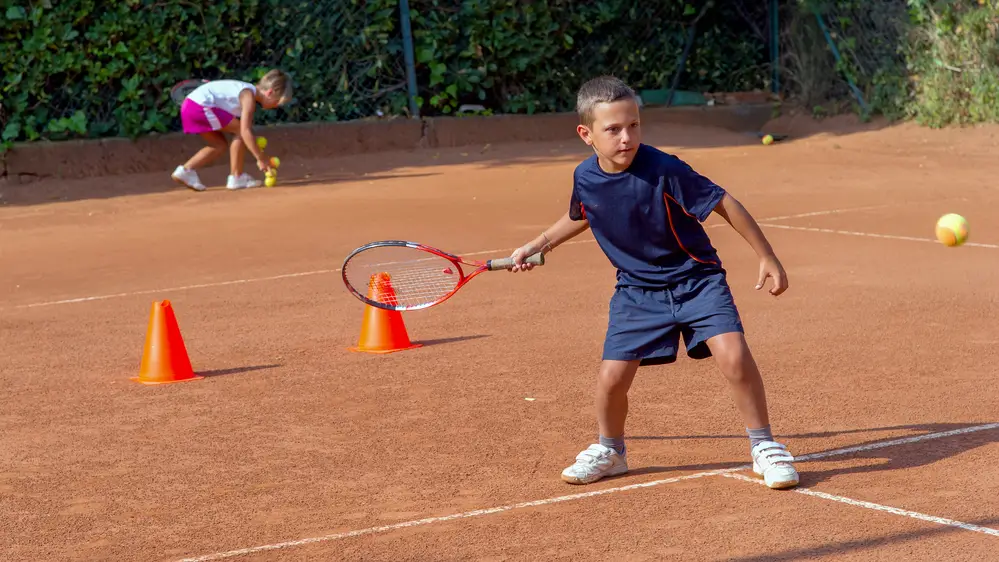
Juniors should attend tennis academies, or at least try before they finally refuse to.
In my opinion, tennis academies have more advantages than disadvantages and most juniors would improve much there.
But this choice has to be deliberate and adjusted to individual needs.
Long-term stay in the academy offers personal growth and promising pathways after graduation. This seems to be a well-balanced plan for every youth and an exciting proposal for parents.
But, as we know from the past, plenty of champions like Rafael Nadal, Serena, and Venus Williams or Caroline Wozniacki trained alone all their childhood. Yet they were coached by parents or uncles who, often, had nothing to do with professional tennis before.
So, there isn’t one perfect way to create a professional tennis player.
However, if you want your child to be a human and a tennis player, you should opt to take advantage of a tennis academy, and trust the experts.
What Is The Real Cost Of Tennis Academy?
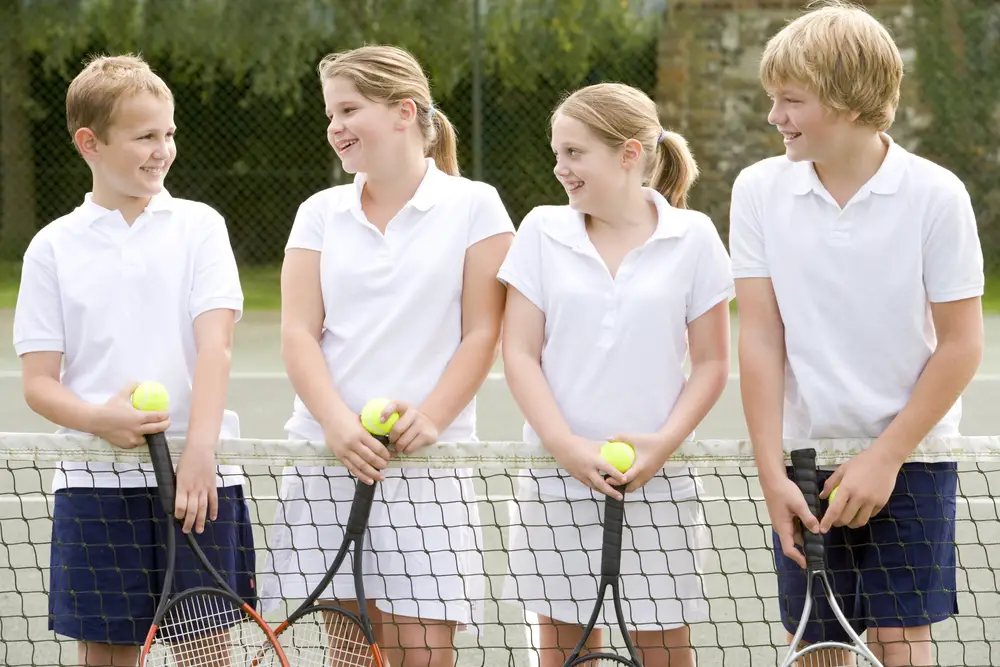
The actual cost of a tennis academy is difficult to calculate. Since tennis is connected with traveling and unexpected plan changes, you can only make estimations.
At the end of the day, what you’d spent, maybe quite a bigger number.
The most reputable academies charge a minimum of 3,500USD monthly.
To attend Mouratoglou Tennis Academy in France, you have to spend 48,000USD a year.
Rafa Nadal Tennis Academy in Mallorca will accept you for 66,000USD a year. America’s most prestigious IMG Academy in Florida expects 79,000USD a year.
These numbers are equally impressive and unaffordable for the middle-class.
The good news is that once you pay it, you have everything included inside the campus over the next 12 months.
You don’t have to worry about training programs, school, housing, and so on.
The additional excluded expenses, which are somewhat unpredictable, are travel and equipment.
You will have to cover essential costs, such as visas, tickets, hotels, meals, and other exceptional expenses.
As the prices differ depending on the country and the number of tournaments you attend, it’s impossible to tell an actual expenditure.
I would say, for a junior player, 12,000USD is where you should start from.
When it comes to equipment, as a good academy player with rank, you will have a high chance to find full sponsorship. Otherwise, you will need to invest 2,500USD and more. This includes a bag with two rackets, strings and stringing service, clothes, and shoes.
As you see, you have to pay the big check to send your child to a tennis academy.
Final Words
The approach to tennis is evolving. It’s something more than just playing. Tennis opens many doors.
Tennis academies are an excellent place for junior development if their parents have enough money. If you don’t, no worries at all.
They haven’t monopolized it yet, and you can still ‘produce’ the next Federer, Nadal, or Djokovic without their help.
None of them have stayed in the tennis academy.
These institutions provide complex conditions for school and tennis. But they aren’t irreplaceable.
Yes, they are worth the money you pay. If you can afford it, I wouldn’t hesitate.
If you had a salary high enough, would you still coach your child on your own?
What would your preference be in searching for a suitable tennis academy?

